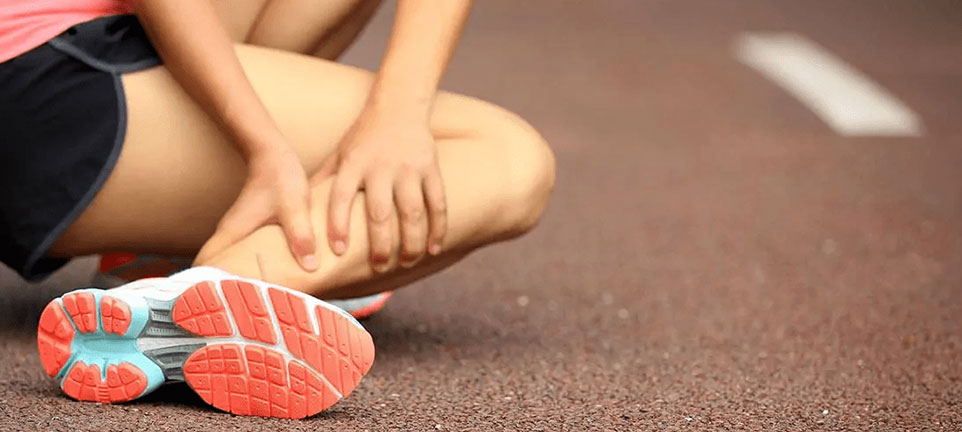
-
Free Parking Available
-
Wheelchair Access
-
Close to Public Transport


One of the most common sporting injuries is ankle sprains. These are most likely to affect the ligaments on the outside of the foot. Which is most commonly caused when the ankle rolls outwards and the foot turns inwards.
These ligaments help to support the ankle joint, connecting the bones together so therefore helps with the stability of the joint. Ligament sprains range from a stretch to small tear to a full rupture.
Risk factors of ankle sprains:
How to recognise an ankle sprain:
Two key aspects of recovery are to improve strength and proprioception.
Calf raises
Start with your heels down as far as possible in a good stretch. Keep your knees straight and stiff but not locked. Rise onto the balls of your feet and squeeze, moving only at the ankles. Do this 10 reps, twice.
Towel scrunches
While sitting down, place a dish towel or hand towel flat on the floor. Try to scrunch up the entire towel under your foot by just using your toes. Do 10 reps, twice daily.
Proprioception – this is your body knowing where it is in time and space, without having to look at it. E.g. – if you stand on uneven ground your body has an awareness and will be able to adjust and correct your foot positioning so you don’t fall or injure yourself.
Ankle injuries weaken this ability and you are more prone to re-injuring your ankle as it has lost its ability to correct itself.
Balancing on one leg
Stand on one leg hold on to something for balance to start with and do not allow your foot/ankle to wobble. Do this only for 30 seconds.
Then progress to not holding something for balance and do not allow your foot/ankle to wobble. You can increase the time as you get better up to 2 minutes.
Writing the alphabet with your foot
Draw every letter of the alphabet with your foot, focusing on just the foot moving not your leg or knee
Tips





